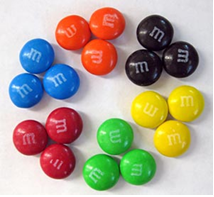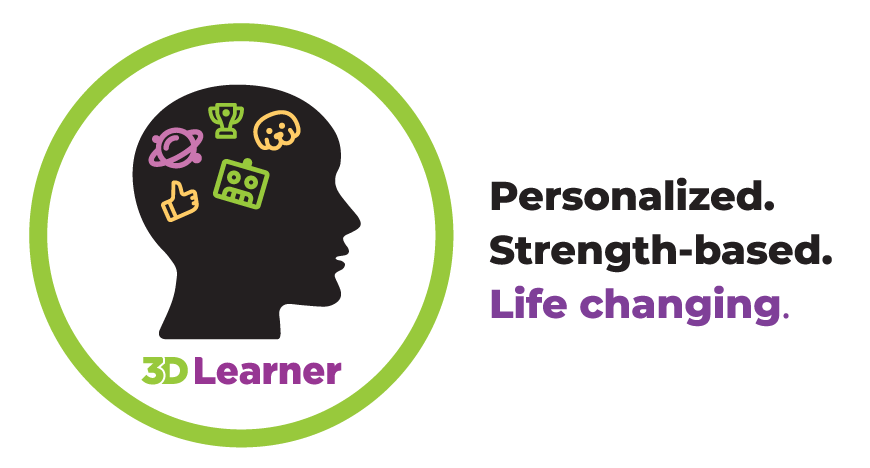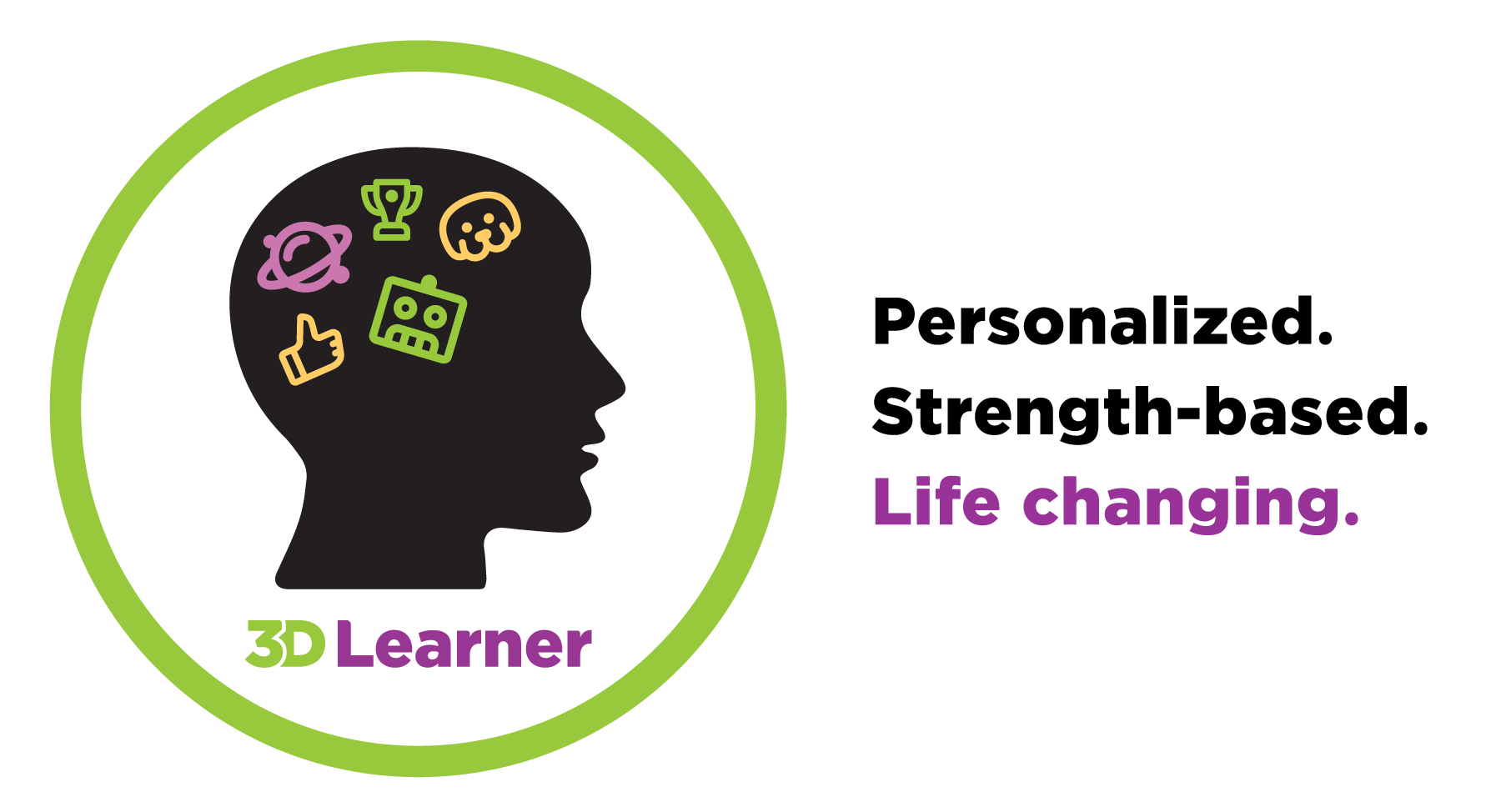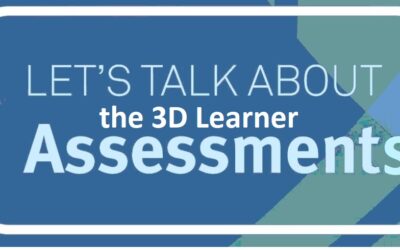Difficulty with math word problems is one of the most common academic challenges our students are experiencing. If a child is struggling with reading, it is an even bigger frustration, but even for those good readers- trying to solve word math problems is frustrating. We often hear “This isn’t math– this is reading!!” This blog post will cover five main points that are often overlooked when approaching these problems:
- If your child is struggling with math word problems, they are not alone. We think that most of these problems are written by math whizzes who do not really think about the words they used. It is vital that students understand the necessary math vocabulary that they can relate to. (What does “Susie has 4 less apples than Bobby has” mean?)
- Virtually every student we have worked with can do far better in math with a visual kinesthetic approach that allows them to see and experience the problem. This works well for all students, and especially for the right brain kinesthetic learner who learns best when they see and experience information. We are seeing so many students who just have no number sense. They haven’t had sufficient time to “just play” with numbers. Looking for patterns, mastering the various combinations that make 10. We are pushing math “reading problems” before these kids have mastered playing with numbers.
- Visual processing issues are quite common, and students often make what appear to be “silly” mistakes. They might not line up the columns of numbers correctly, or they make computation errors in one of the multiple step problems, making the final answer wrong.
- They HATE to show their work!!! “I can do this in my head… Why do I have to write it down?”
- Problems with language, visual processing, working memory, processing speed and anxiety often make the situation worse. They just have a difficult time knowing what they are supposed to do. It is important to identify and address the relevant issues.
Calm visual parenting helps. By this we mean:
-
- Do not assume your child understands your words. Use pictures where possible. Have them “teach” you what they think they are supposed to do. Gently guide them to what is actually supposed to be done. “That’s not the way my teacher does it”- might be their response. Make sure you get clarification from the teacher. Students ARE BEING SHOWN multiple ways to solve a problem– often in a different way than you learned it. This is not a battle! Try to keep those emotions and comments to yourself. (I know. It’s hard!)
-
- Kinesthetic learning really helps. Using flashcards when teaching math facts does not create a picture they can relate to. Laying out rows of M&Ms, or clay balls can help them.

-
- Most students learn best when they discover the pattern. Math is all about patterns!
- Stay calm. When your child does not understand something — it is because it has not been explained in a way that works for them. Try another more visual kinesthetic approach.
With math word problems, what is possible for the right brain kinesthetic learner
Our expertise is with the student who learns best when they see and experience information – what we call a right brain kinesthetic learner.
For Alex, progress was relatively quick. He thought he understood the words but had visual processing and working memory challenges. It was difficult for him to figure out what he was supposed to do. He was impulsive and did the problems far too quickly. He made a number of mistakes.
After our assessment showed the visual processing, working memory and impulsivity issues, we worked on improving his visual processing and working memory and slowed him down.
We also changed his name to Inspector Alex — he loved it. We had to explicitly show him ways to check his work. He was rewarded if HE found a mistake before we did!!
We also worked with his parents and helped them to be calmer and more visual.
Calm visual parenting both makes you more effective and reduces the stress on your child and you. In this case, Alex was able to reduce the average time to do math homework from 75 to 30 minutes.
Alex did get accommodations at school. We were able to improve the accommodations to allow for less problems on a page, the use of wide margin graph paper and extra time
Within a few short months his math grades went from a 53 to a 97. He soon thought of himself as “good at math”!
Jennifer had more of a challenge. She needed to go back to basic math patterns and understand math concepts as well as the words that were being used. She also needed to improve her working memory and visual processing.
We helped her parents to better understand how to be calmer and more visual.
Jennifer did get accommodations at school. We were able to improve the accommodations to allow for questions to be read to her, less problems on a page,have her draw out the question and the use of wide margin graph paper as well as extra time
She was able to improve her performance from the 1st percentile to the 47th percentile. Math may be harder for her than other subjects will be — but she now has confidence in her ability to lay out problems and know when to ask for help.
Challenges with math word problems do not need to be lifelong challenges. By teaching to your child’s strengths,and identifying and addressing their challenges, performance can improve in months. For the right brain kinesthetic learner — calm visual parenting helps
If you would like to discuss your child’s challenges with math word problems and/or other issues, you can call us at 561-361-7495 or click here to schedule a Calm Visual Parenting conversation.





